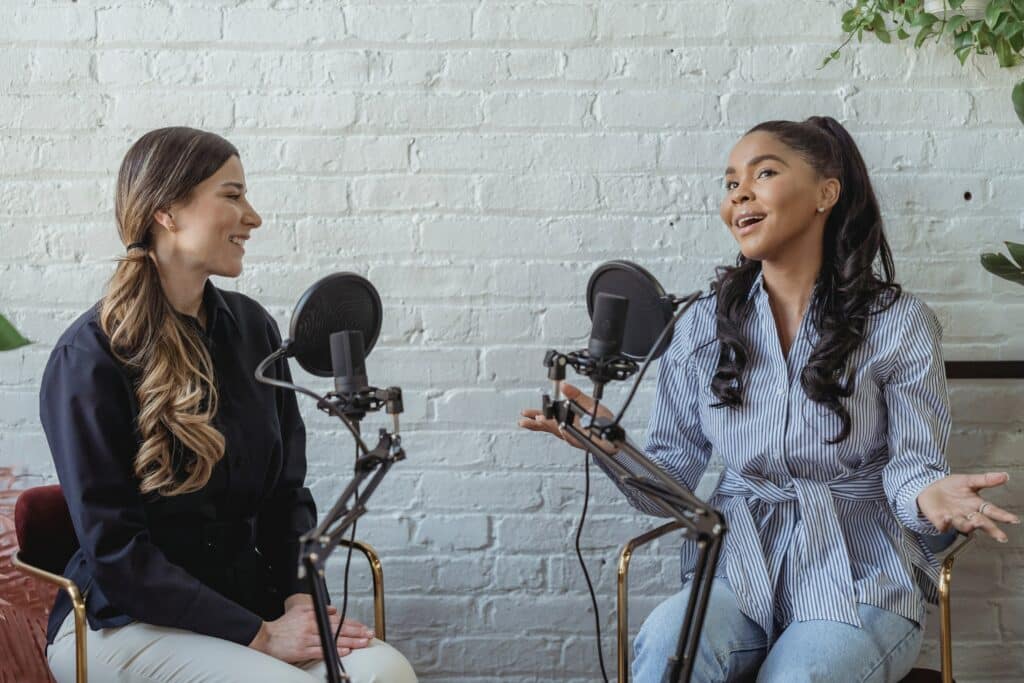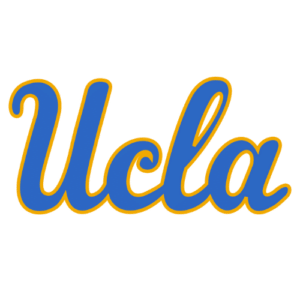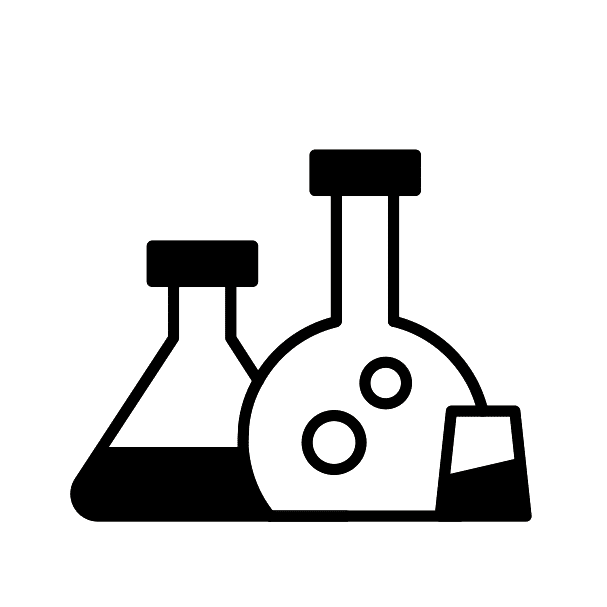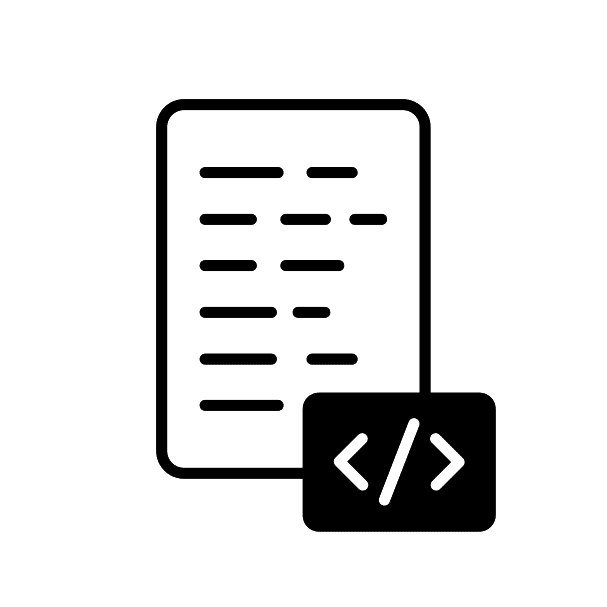Begin your podcasting odyssey by mastering audio editing, enhancing your voice, and connecting with a global listener base.

Our teachers and tutors graduated from top universities








Overview

Customized curriculum
We'll find a tutor who can make sure you're prepared for the A-Level Accounting exam with customisable lessons catered to fit your needs.

Flexible
Take lessons only when you need them—as little or as many as necessary until you feel confident.

Private lesson
No need to accommodate other students. Learning is customised your perfect pace and difficulty so you are always improving.
About Adobe Audition
Adobe Audition, a leading audio production software, holds a prominent position in the podcasting realm. What sets Adobe Audition apart is not just its robust capabilities but also its impressive accessibility. It features a user-friendly interface that caters to audio enthusiasts and professionals alike, making it an inviting environment for creators of all skill levels.
One of its standout features for podcasters is the Multitrack Session functionality, which has revolutionized audio production. This feature empowers podcasters to work on and edit multiple audio tracks simultaneously. Additionally, it offers real-time effects and equalization capabilities, making it exceptionally valuable for those managing podcasts with multiple hosts, guests, or intricate audio compositions that include various sound effects and background music. The Multitrack Session feature also introduces the convenience of punch-and-roll recording, allowing podcasters to seamlessly correct errors on-the-fly without disrupting their creative workflow.
Adobe Audition includes a dedicated podcasting workspace designed to meet the specific needs of podcast creators. This streamlined workspace simplifies essential tasks that podcasters frequently perform, such as cutting, trimming, and volume normalization. This deliberate design not only speeds up the podcast production process but also enables creators to allocate more time and energy to the substance of their content, rather than getting bogged down in the technical aspects of audio production.
Another remarkable aspect of Adobe Audition is its Dynamic Linking functionality, which seamlessly integrates with other Adobe Suite applications, particularly Adobe Premiere Pro. This integration proves invaluable for podcasters who incorporate video content or visual elements into their podcasts. It fosters a seamless production experience, promoting synergy between audio and video components.
When it comes to audio quality, Adobe Audition excels on multiple fronts. Its noise reduction tools are indispensable, capable of significantly enhancing the quality of recordings by removing unwanted background noise. This feature is especially critical for podcasters who may not always have access to ideal studio environments. Furthermore, the Spectral Frequency Display empowers users to isolate and eliminate specific sounds, balance frequencies, and visually identify and correct problematic areas within their audio tracks.
In conclusion, Adobe Audition emerges as an all-encompassing solution tailored to the needs of podcasters. It offers a wide range of features meticulously designed to streamline the podcast production journey, enhance audio quality, and seamlessly integrate with other multimedia applications. Adobe Audition serves as a robust platform that caters to both novice and seasoned podcast creators, providing them with professional-grade tools that not only simplify but also elevate the podcasting experience, fostering both creativity and efficiency.
Description
Build the confidence to convey your message effectively through audio and extend your reach to a broader audience. This course lays a solid groundwork for those looking to excel in the realm of spoken content creation, whether for personal or professional purposes.
Within this introductory course, you’ll immerse yourself in the world of podcasting and broadcasting. You’ll gain practical skills in recording, editing, and disseminating audio content for podcasts, voice-overs, and broadcasting. Whether you aim to refine your speaking abilities or craft high-quality audio content, this course is designed to empower you to achieve your goals.
What you will learn
- Proficiency in audio production using Adobe Audition
- Recording, editing, and distributing high-quality audio content
- Elevating the production standards of podcasts and broadcasts
Requirements
- Ages 9 – 18
- Interested in Audio Engineering or Broadcasting
- Interested in starting their own audio show or podcast
Student FAQs About Podcasting
A well-structured content strategy serves as the North Star in creating episodes that deeply resonate with your target audience. This involves thorough research on topics, a deep understanding of your audience’s needs, and the delivery of valuable insights or entertainment. Your strategy also includes setting a consistent release schedule and planning promotional efforts.
Consistency in your episode format, duration, and release schedule is crucial in podcasting. It forms the foundation of a reliable relationship with your audience. Listeners come to expect a specific content style at regular intervals, fostering loyalty and dedication to your podcast.
Improving discoverability is essential for expanding your podcast’s reach. Start by using relevant keywords in your podcast description and episode titles. Leverage the potential of social media and podcast directories to connect with a wider audience. Collaborating with guests who have their own following can also significantly boost your podcast’s visibility.
Show notes serve a multifaceted purpose. They provide additional information, clarify points discussed in the episode, and offer links to valuable resources. Moreover, well-crafted show notes can improve search engine optimization (SEO) and act as a compelling enticement for potential listeners.
Podcast success is measured through various metrics, including download statistics, listener demographics, and engagement on social media platforms. These metrics provide valuable insights into your podcast’s performance. A deep understanding of these indicators empowers you to continuously refine and optimize your podcasting strategy over time.
Starting a podcast requires some essential tools and software. For equipment, you’ll need a good-quality microphone, headphones, and a computer for recording and editing. Popular microphones for podcasting include USB and XLR options, with USB being more beginner-friendly.
In terms of software, you can use audio editing software like Adobe Audition, Audacity (free), or GarageBand (for Mac users) to edit your podcast episodes. You’ll also need a podcast hosting platform to store and distribute your episodes to podcast directories like Apple Podcasts, Spotify, and Google Podcasts.
It’s worth noting that while you can start with basic equipment and free software, investing in better-quality gear and professional editing tools can significantly enhance the production value of your podcast over time.
How it works
1
Request a tutor
Let us know your goals and age range. We'll figure out a plan to help get you there.
2
Match with a tutor
We'll recommend you a tutor based on your needs and goals, or you can request a specific tutor.
3
Start a free trial
Experience a free trial lesson with your new tutor and see if your learning style matches.
4
Keep it up!
If everything went well, sign up to keep going! You can choose the pacing of the lessons
Need more info?
Let's talk.
Leave your phone number, and we’ll call you back to discuss how we can help you.


